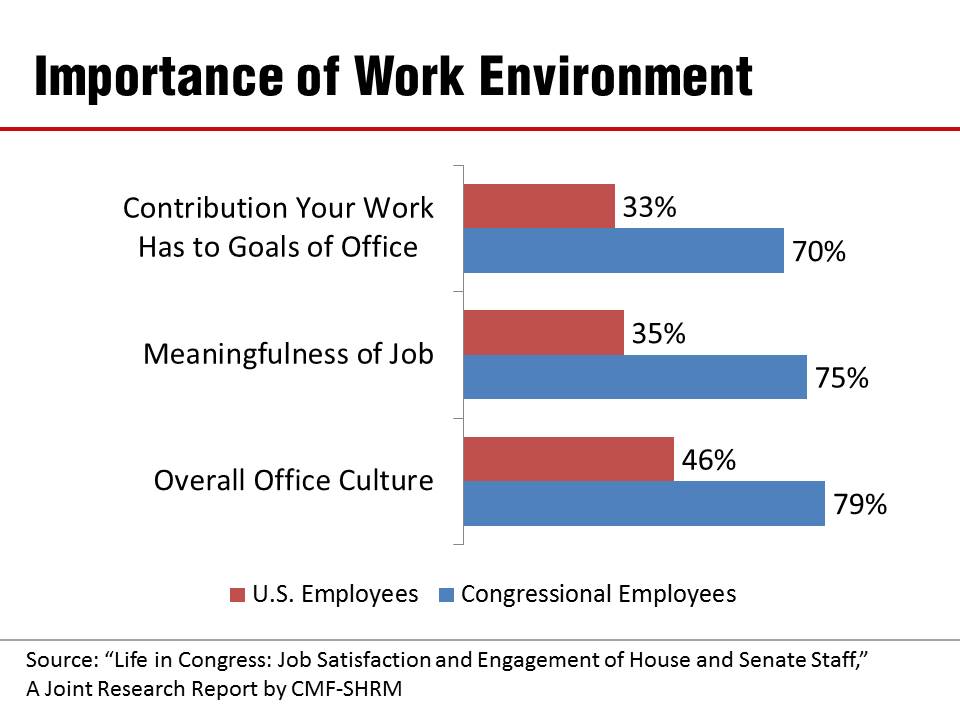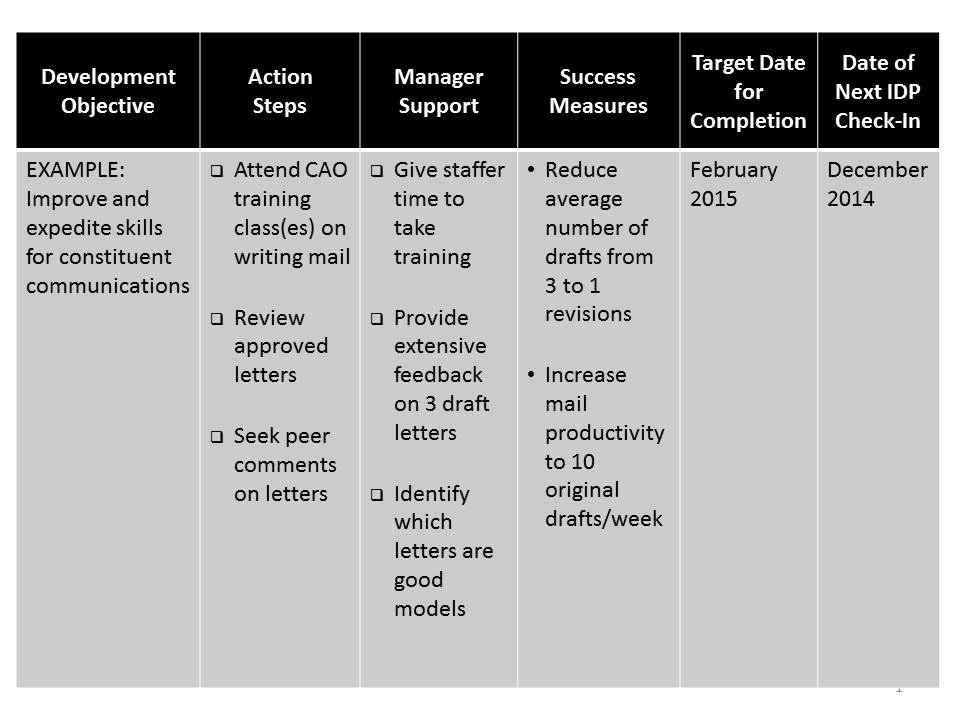
Congressional staff are an exceptional group. They are passionate about what they do, they find meaningfulness in their jobs, and they feel their contributions are valued. Why, then, are there so many cases of "burnout"? Why is there so much turnover and low employee engagement from Cannon to Dirksen?
Fresh off the campaign trail, with new office staff in many districts and offices, this topic couldn't be more timely. The Congressional Management Foundation (CMF) tackled these challenges in a recent session led by Meredith Persily (from MPL Partners, LLC), who shared the following tips with senior Hill staff on how to "light that fire in the belly" and better engage their employees.
First, employee engagement was defined and given context. The Corporate Leadership Council (CLC) defines engagement as: "The extent to which someone commits to someone or something in their organization and how hard they work as a result of that commitment." A recent Gallup Poll shows that 51% of employees in the U.S. were "not engaged" in their work in 2014. The CLC has found that moving employees from strong non-commitment to strong commitment can result in a 57% increase in discretionary effort and that stronger engagement can result in 20% improvement in employee performance.
If employee disengagement is a problem, then how do you move staff from disengagement to strong commitment?
While most would say that money is the answer to increasing a worker's productivity, survey data from CMF and the Society for Human Resource Management on the importance of work environment for congressional staff proves otherwise. In other words, how can and should senior Hill staff apply employee engagement strategies within a highly specialized atmosphere?
Here are three helpful tips:
- Implement and Ask the Gallup 12. The 12 Gallup Questions range from "I know what is expected of me at work," to "in the past year, I have had opportunities at work to learn and grow." Daniel Pink, author of "Drive," states that everyone is motivated by three primary aspects of their work: autonomy, mastery, and purpose. Asking these questions, can help senior staff understand these three primary aspects.
- Hold a Genius Hour. Modified from Google's "20% time," a genius hour is an allocated hour per week where employees can focus on new ideas or master new skills. This works best when the boss chips in (e.g., covering the phones for the employee) and making sure employees are on schedule and actually get to take their genius hour. An important factor in successfully executing the genius hour is to actually implement the good ideas that come out of it. Remember, Gmail (yes, THE Gmail that so many of us use for our personal email accounts) was a result of Google's 20% time.
- Encourage the Use of Individual Development Plans (IDPs). IDPs not only help employees to focus on the specific goals and objectives of the office, but empower employees to make their own decisions about what they need to do to accomplish the office's goals – thereby achieving greater autonomy. To increase their likelihood of success, IDPs should be limited in scope, and should outline the specific actions the staffer will take and when. A simplified version of an IDP is shown below. You can download a sample IDP template here for your office use.

This post was written by Francesca El Attrash, research assistant at the Congressional Management Foundation.


